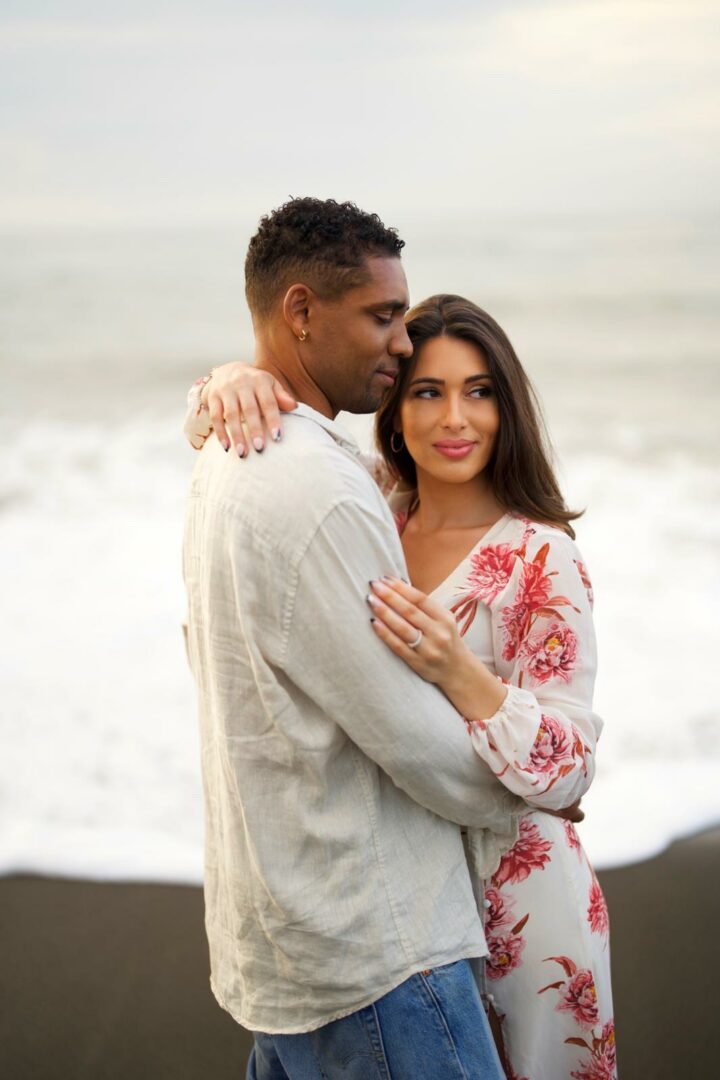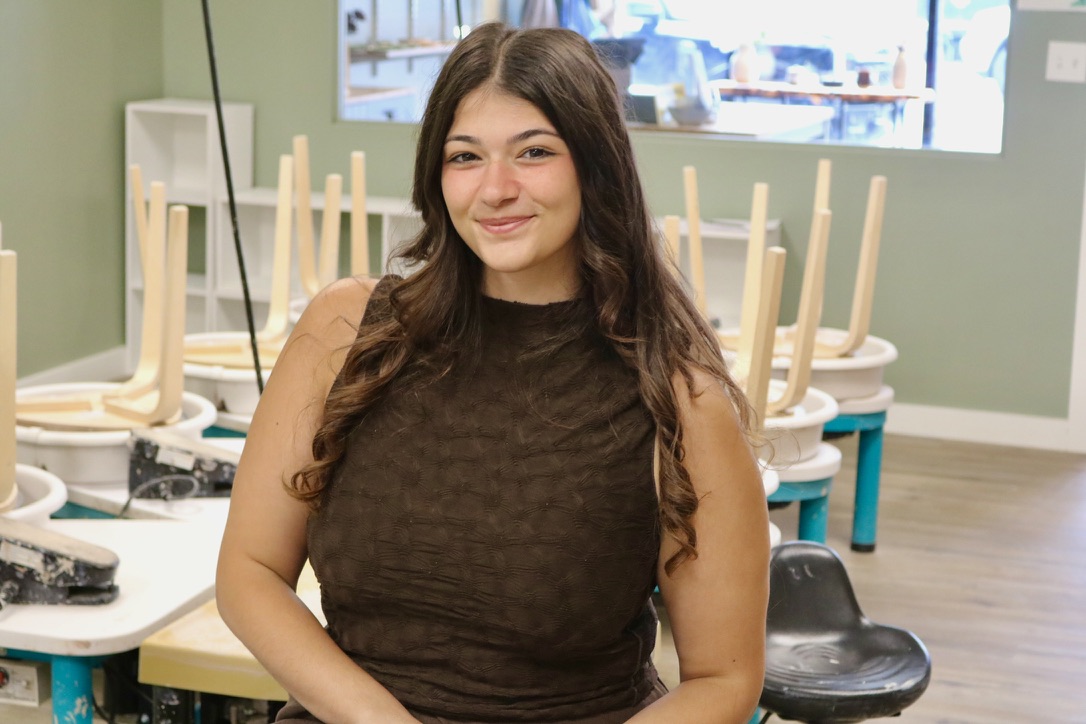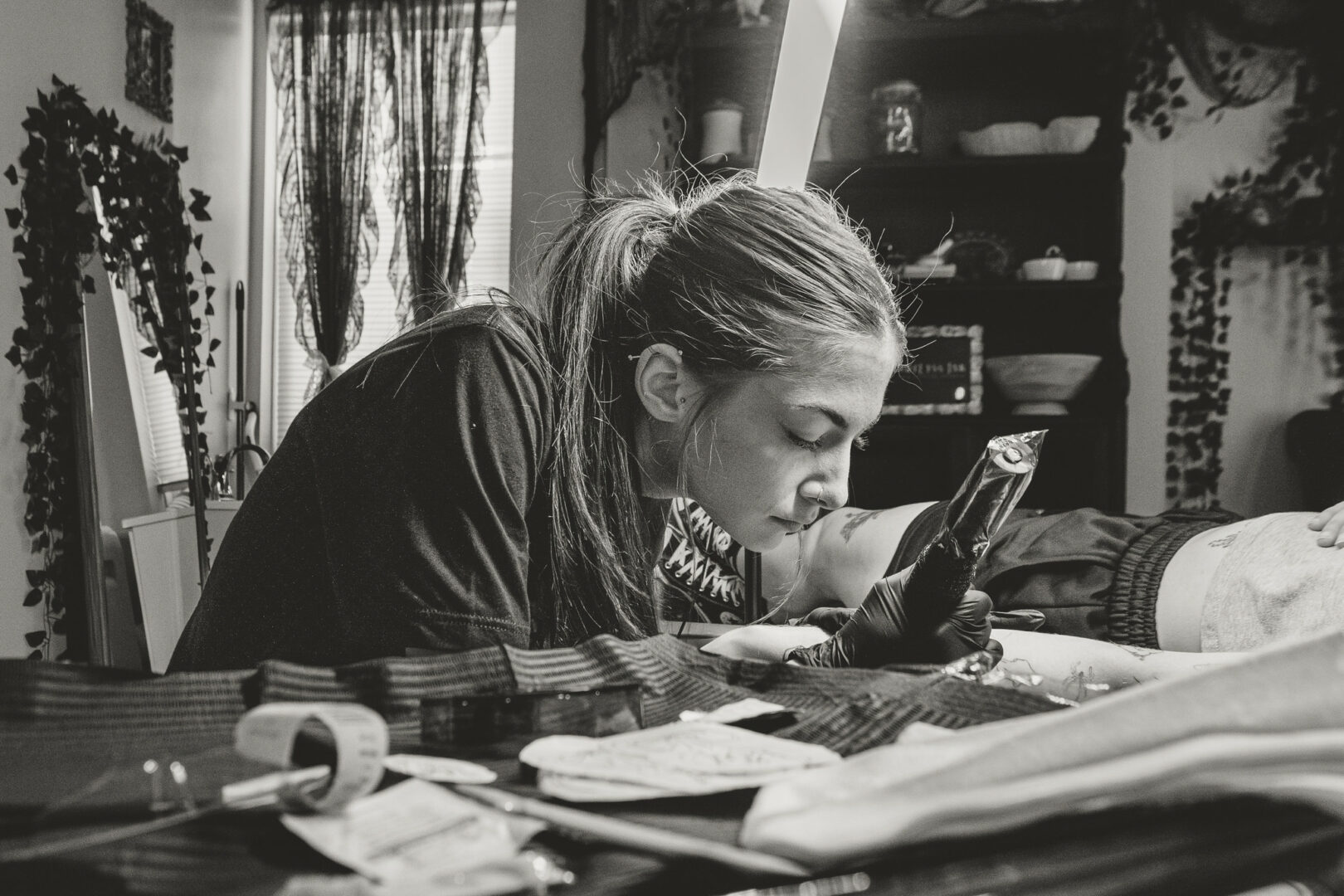Alright – so today we’ve got the honor of introducing you to Alice Fairfax. We think you’ll enjoy our conversation, we’ve shared it below.
Alice, appreciate you making time for us and sharing your wisdom with the community. So many of us go through similar pain points throughout our journeys and so hearing about how others overcame obstacles can be helpful. One of those struggles is keeping creativity alive despite all the stresses, challenges and problems we might be dealing with. How do you keep your creativity alive?
“You just need to…BE more creative.” That’s what he said to me. He, a visiting professor to our theater program, was leading an acting seminar and we were rehearsing our scene. My partner, the actor I most often played opposite onstage, agreed, “You don’t really come alive until there’s an audience.” I was devastated, of course. I must not ‘be’ creative if I don’t come alive until there’s an audience. Then I got mad. How in the world could I just ‘be more’ creative? This to me was a doing question, not a being question. I am creative. What could I ‘do’ that brings out my creativity? This started the journey of understanding and embracing my particular creativity. My co-star wasn’t wrong. I do come alive with an audience. Rehearsal for me is just figuring out where to stand, how to use the props and how to remember what to say when. After college, I joined a troupe of improvisational storytellers that performed audience interactive shows at Walt Disney World. We performed 20 minute well-known stories, like Romeo & Juliet or King Arthur, and chose audience members to play the lead roles. I was face to face with the audience. I was alive all the time. My entire career is based on my work in audience participation theater. Everything I have done as a performer, a writer and a speaker, follows that approach of turning the audience into the star of the show, bringing them into the work, capturing their energy, collectively guiding it, and turning them from disparate individuals into a community from an experience. Now, as a writer if I need more input, I invite people to read the work and respond. I set up a reading where I read a draft and get input. I often use untested work in a seminar or speech and change it on the spot based on the audience reaction.This is where my creativity sparks and fires, this is where it lives.
Let’s take a small detour – maybe you can share a bit about yourself before we dive back into some of the other questions we had for you?
Everything in our culture right now is being driven by story. You might even say that we’re in a story economy. Most people don’t know how to tell a good story—but storytelling is more essential today than ever before!
Every brand, business and serious professional must fight to retain the attention of their audience, whether they communicate through email, sales copy, in-person presentations, virtual meetings and/or social media.
It’s not just about being able to tell a good story. It’s about using the secrets of story to create connection and inspire action. That’s why I took the seminars I lead for nonprofits and small businesses and turned it into a book that will guide you. “Tell Your Story: Tools to take you from a Tweet to a TED Talk” delivers over 50 communication strategies and tools and shares how impactful storytelling can be when it uses new technology to make a message stick.
The book is filled with insights from my career as an improvisational storyteller at Walt Disney World, where I engaged thousands people daily. Each chapter opens with a story that will spark your imagination to help you tell your story. Then the chapters are filled with exercises and tools that break down the mysteries of the ancient power of story and puts it into a doable formula that you can use to conquer the blank page, overcome anxiety in presentations and forever change the way you communicate.
There is so much advice out there about all the different skills and qualities folks need to develop in order to succeed in today’s highly competitive environment and often it can feel overwhelming. So, if we had to break it down to just the three that matter most, which three skills or qualities would you focus on?
There are three pillars that have shaped my journey, and continue to shape how I move forward in my life and work. 1. Own your creativity
2. Follow the Yes
3. Tell your story
Once I discovered that my creativity was of value, I had to own it. I had to discover my particular way of being creative and expressing that creativity. Then I look for and follow the yes. In improvisation we are guided by the principal of ‘Yes, and’ and I use that to find my path. Even in a no, I look for where the yes is. In writing my first book, I pitched a very academic idea to an editor. It was a definite no — I’m not an academic. But buried in the proposal at the end under the header “Other books I plan to write” was the title “The Creative Life”. I wanted to explore creativity and create a workbook for others to discover their unique creativity in the context of faith. The editor highlighted that title and description. That’s the book I ended up writing and publishing. Once you understand your creativity has value, you need to share it. I want everyone to understand the basis of a good story, so that they can tell their own story in a unique way, their way. Your story, your unique experience is worth sharing. Your creativity. Your path to discovering what’s a yes in your life. It contributes something to the river of humanity. That the basis for my current book, “Tell Your Story”. Giving people not only permission, but the tools to tell their story I believe helps them connect with those they are trying to reach, and provides light to the path for your audience.
Okay, so before we go, is there anyone you’d like to shoutout for the role they’ve played in helping you develop the essential skills or overcome challenges along the way?
One way I have discovered my own expertise is to lean into the obstacles to find the ‘yes, and’. I often push up against the direction, and challenge the assumptions. I put my shoulder into the obstacle in my path, or go around it, stand on top of it, all to look at it from a different angle. Taking action is key to finding my way. When the path is not clear to me, I do something. Apply for a job. Attend a seminar. Go to a concert. Write an essay. Make a collage. I get out there and discover something. That input almost always guides me to my next step.
Contact Info:
- Website: alicefairfax.com
- Instagram: @alicefairfax
- Facebook: https://www.facebook.com/TellYourStoryWorkshops
- Linkedin: https://www.linkedin.com/in/alice-fairfax-3aaa711/
- Other: StoryMaven Podcast with Alice Fairfax: https://open.spotify.com/show/5fyZPrxDPVLJyR0MLiwDSh?si=92d78b376aa845d8












